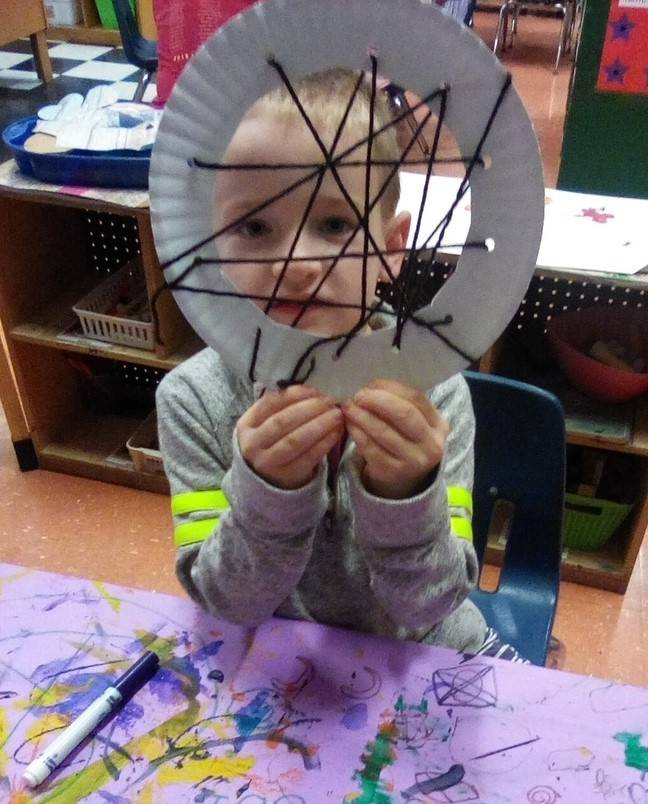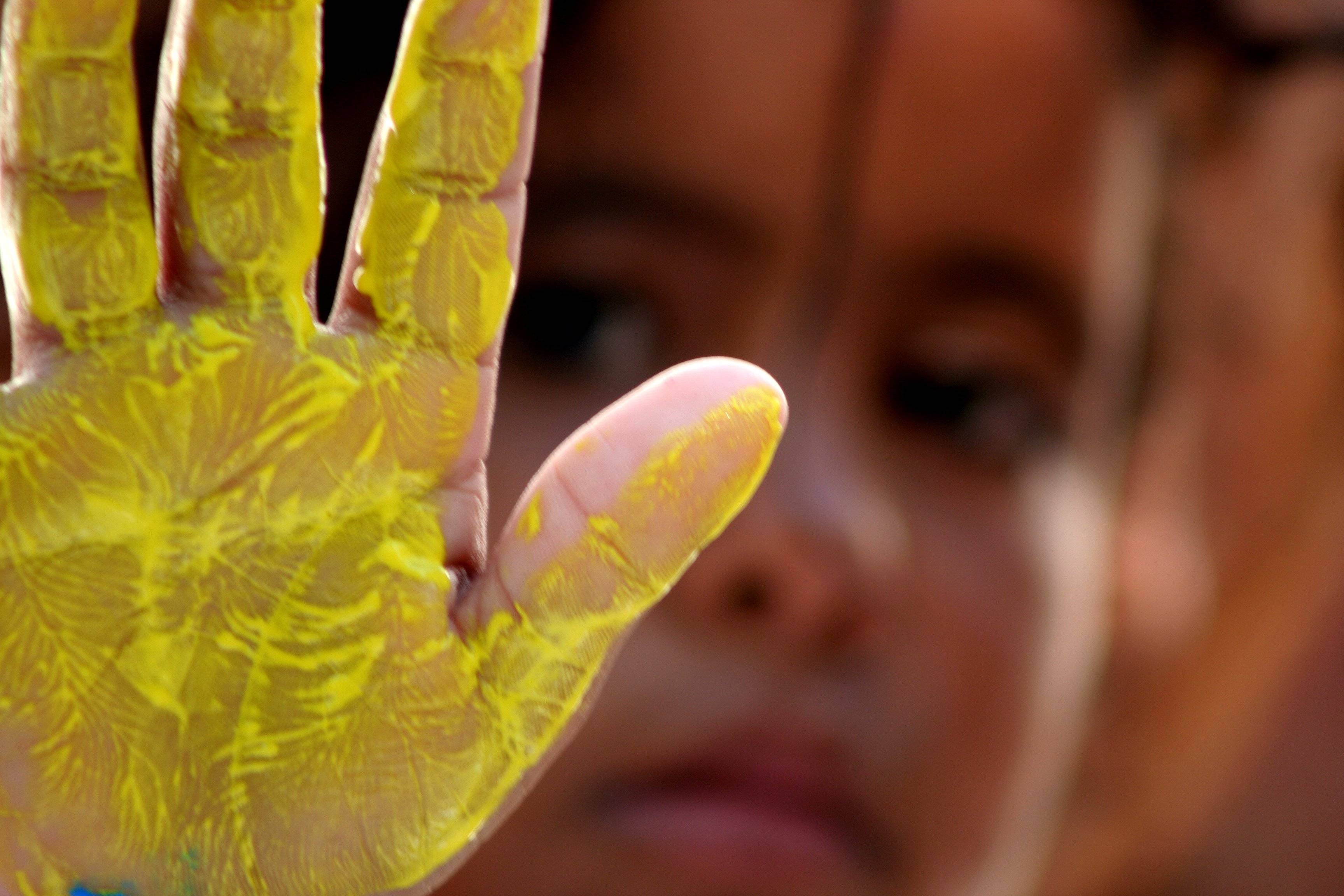Curriculum, Classrooms, and Meals

Curriculum for the Whole Child
- Adaptations are made for the uniqueness of the individual child.
- Teachers use observations, reflections, and family input to implement plans based on individualized needs.
- Teachers assess each child's progress and share their assessments with the family in the form of progress reports and conferences twice a year. Conferences may be scheduled throughout the year as the need arises.
- The program supports the identification and individual planning for children with behavior or developmental challenges.
- Our goal is to build on the child's strengths to meet and overcome those challenges.
- Children with diagnosed special needs are part of an inclusion system that supports their development and learning in the context of a community of learners.
- We welcome the expertise of specialists and therapists; we provide space and opportunities for therapeutic sessions.
Curriculum and Diversity
We are committed to creating a developmentally appropriate learning environment for children in which every child can develop a strong self-identity and comfort with diversity. Young children begin to notice differences at a very early age. We embrace an age-appropriate curriculum that makes every effort to reflect the diversity of our community and world in a way that expresses complete respect for ethnicity, gender, age, class, family structure, and physical ability.
During the course of the year, we:
- Present children with material from different cultures and ethnic groups.
- Talk about children who belong to many kinds of families, (e.g., single parent, blended, nuclear, extended, adoptive, gay and lesbian, multi-racial).
- Present images of women and men in roles that challenge the prevailing stereotypes.
- Include curriculum materials that portray older people and physically challenged people in ways that encourage children to relate to them with respect and appreciation.
In all of our work with children, we begin with the premise that the role of the teacher is to help children explore their world in an open-minded and exploratory way. The teacher presents alternatives, asks thought-provoking questions, and gently guides children to think critically.

